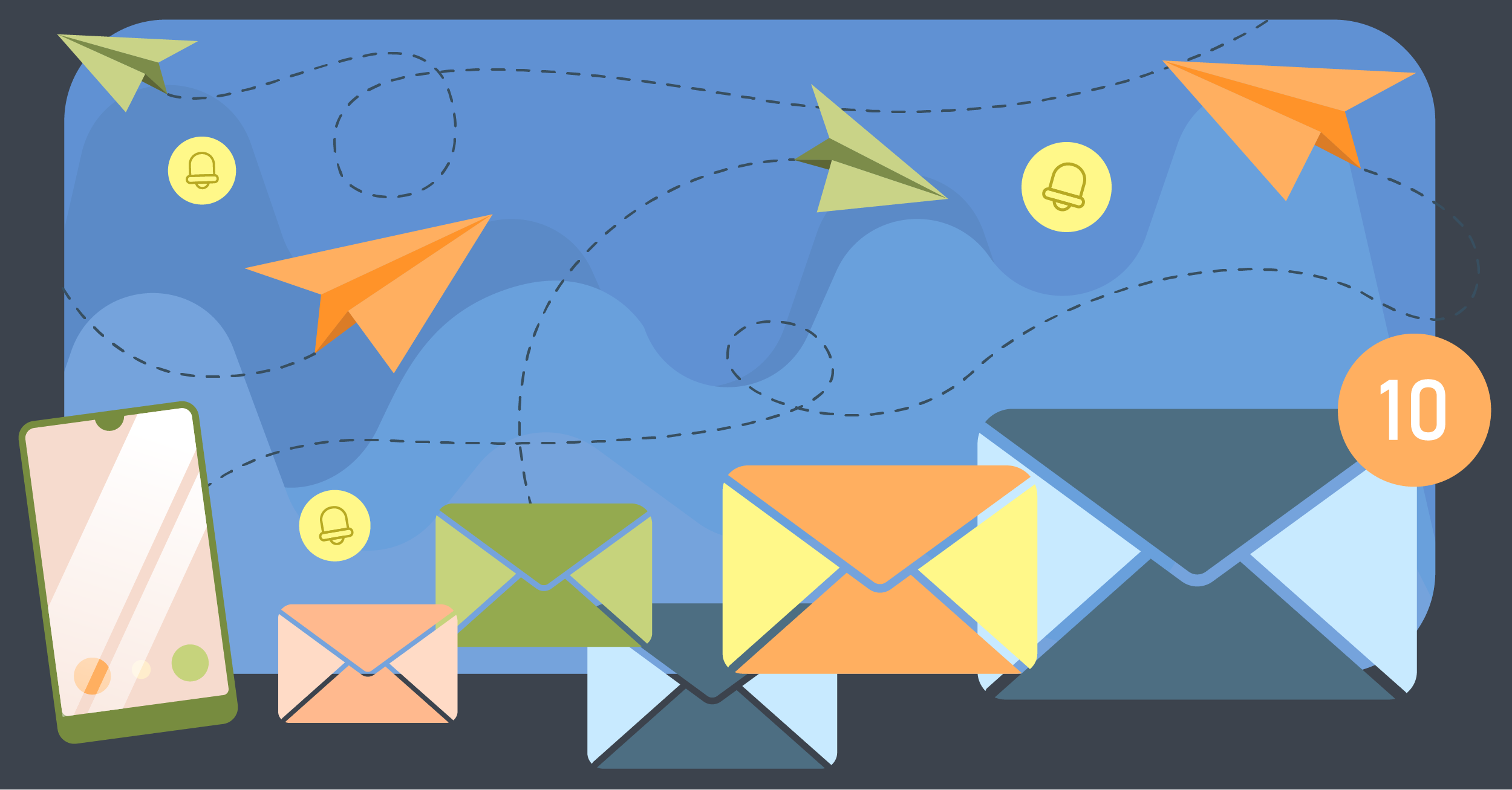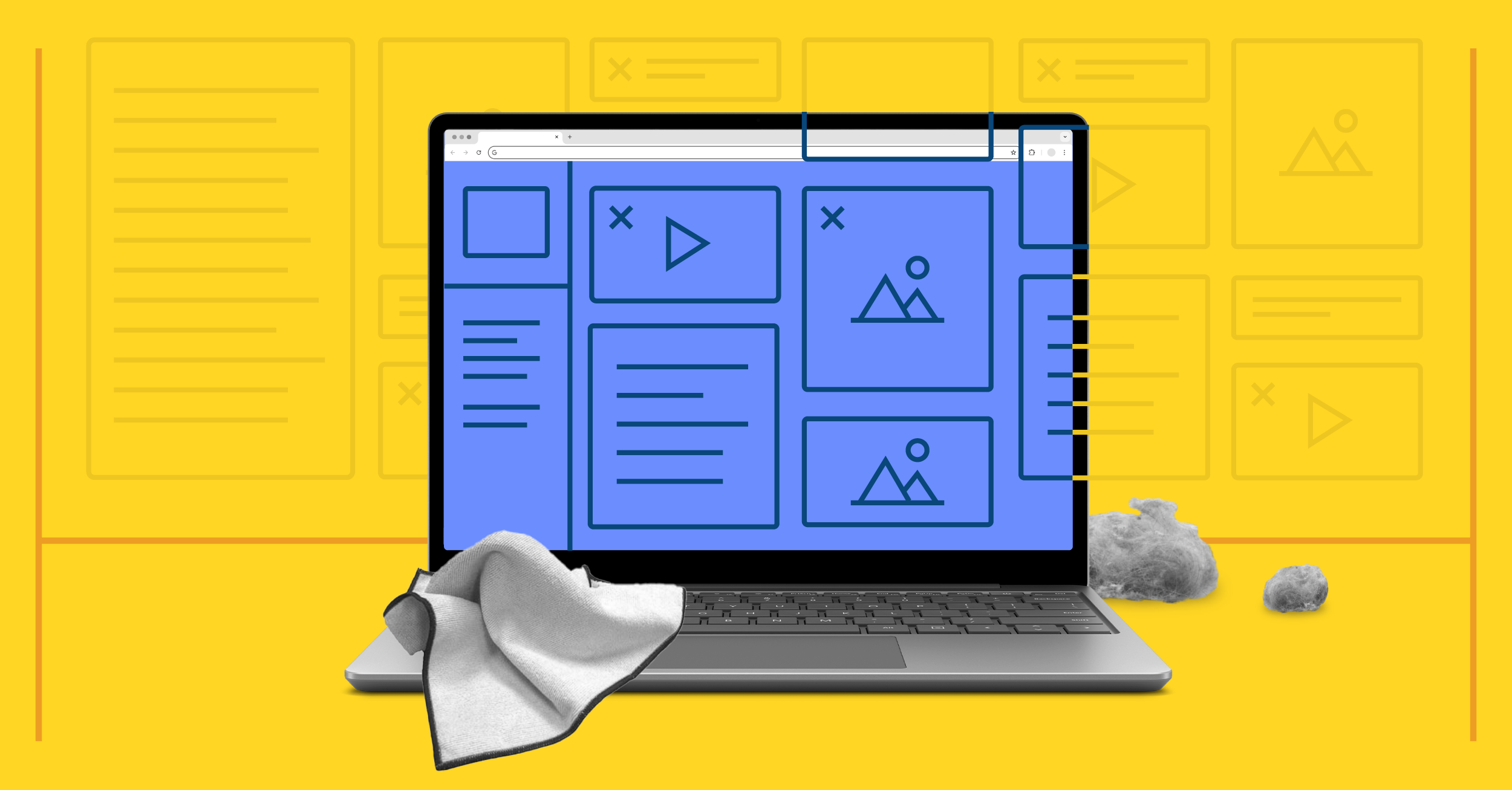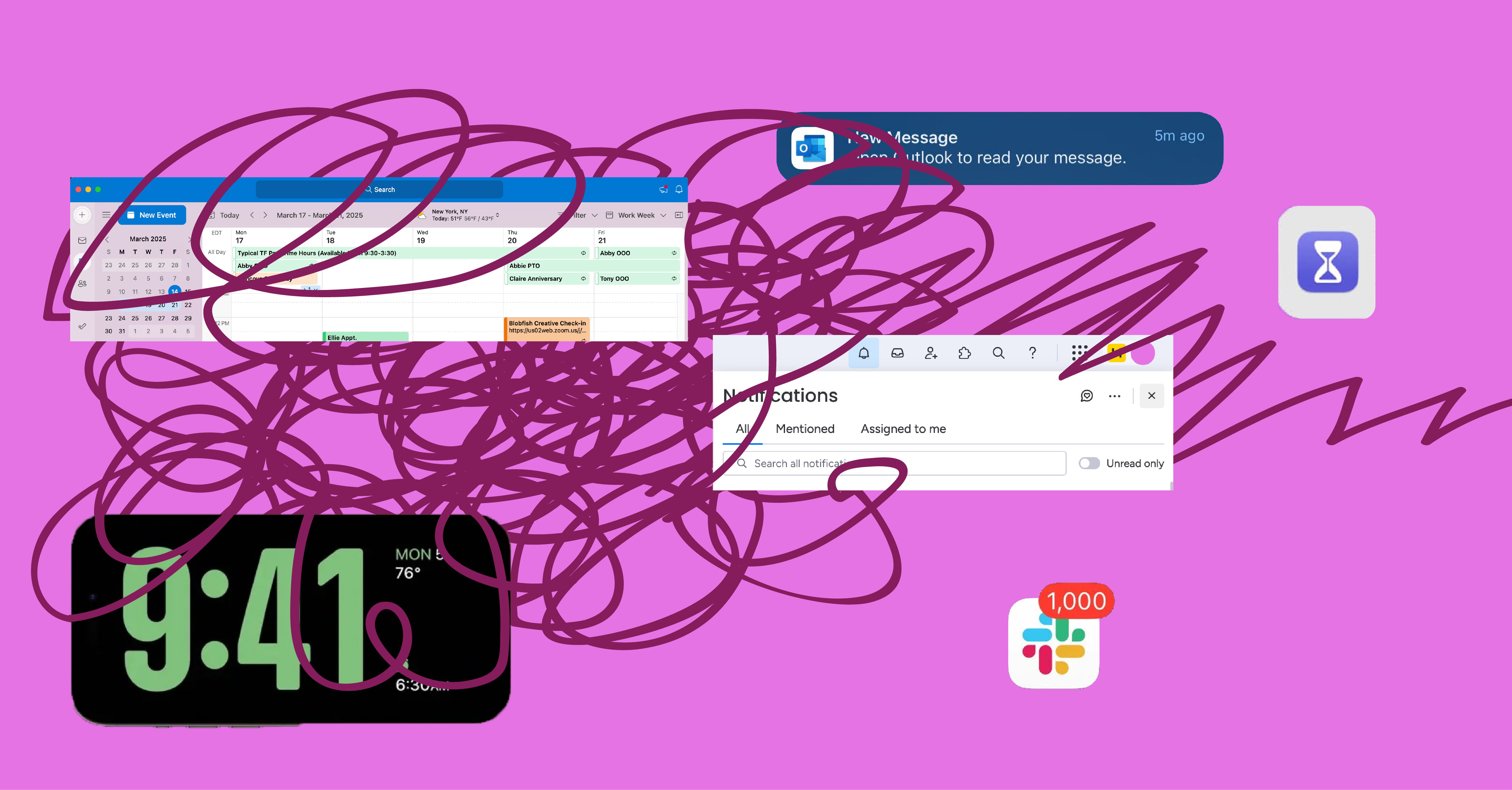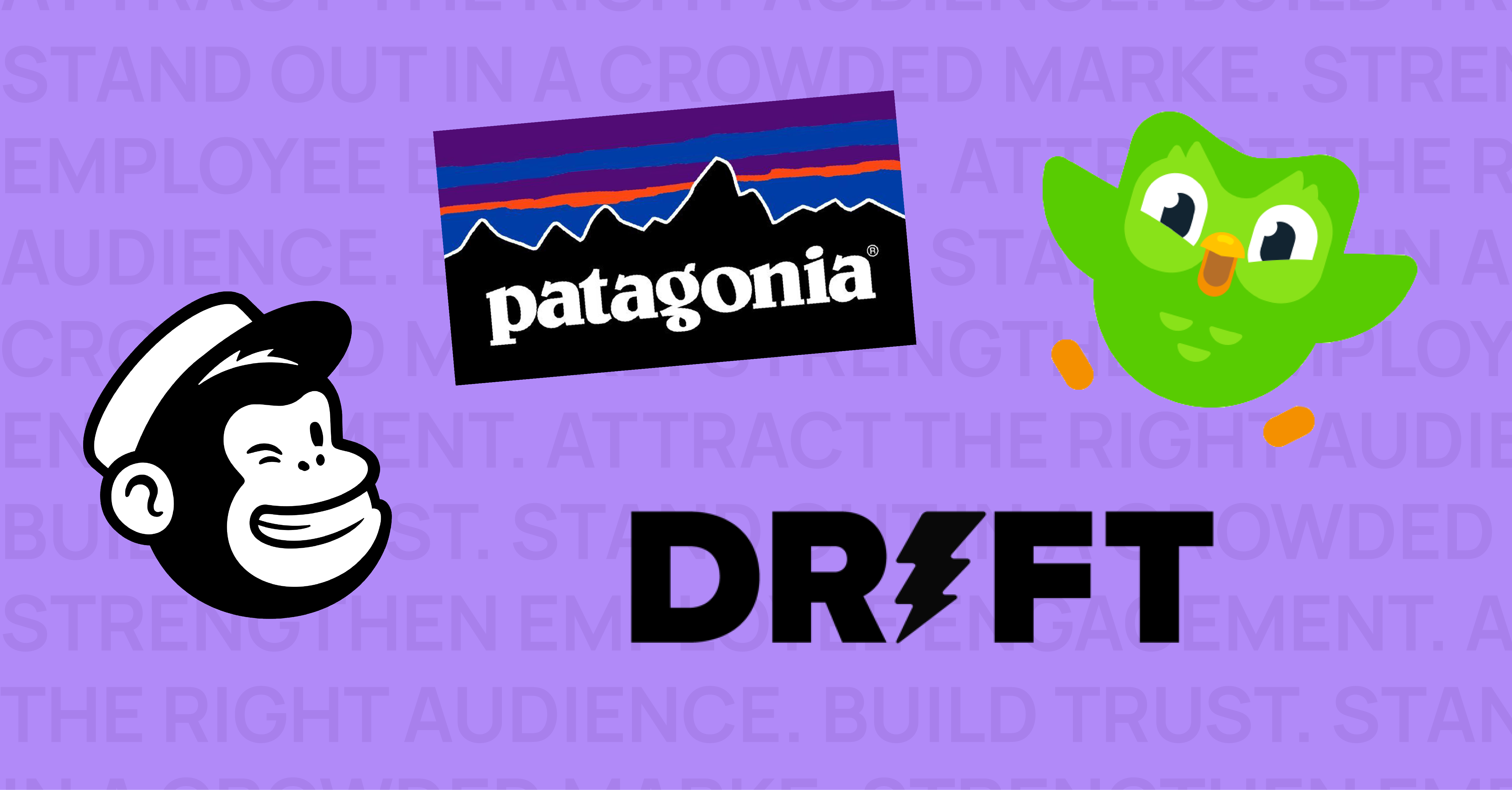“You’ve got mail!” While that AOL tagline may be antiquated (or, for us, evoke nostalgia), the era of email is alive and well.
Despite the rise in short-form messaging apps and social media platforms, email remains the top communication tool in the B2B world. In fact, the average individual receives around 121 emails per day, making their inbox the epicenter of communication. It’s likely that, among your 9-to-5 email communications, your inbox is flooded with messages competing for your attention about the latest deals, news, and trends. With so many people and companies vying for your attention, how do you decide which emails to open immediately, save for later, or leave unread? While this probably differs in your personal and professional life (since we would never recommend leaving a client on read!), many factors go into deciding whether an email warrants your time or should join the other 262 unread emails occupying your inbox.
As companies square up for the battle of the inbox, it’s important to utilize our knowledge as consumers, coupled with our insights as marketing professionals, to ensure that our emails get the attention they deserve. From crafting compelling subject lines to finetuning your email frequency, the key to getting your marketing emails read lies in capturing your audience’s attention.
Understanding How Sender Email Addresses Shape Perception
When an email lands in your inbox, the first two things that register are who the email is from and what the subject line says. Therefore, in the case of promotional emails being sent from a company, the decision of who should be listed as the sender is critical, but it’s not cut-and-dry. If the email recipient is at the top of your sales funnel, we recommend leading with the business name or a company email address. Not only will this reinforce your brand and add legitimacy to your communication, but it can also help with deliverability and can keep your email from landing in the dreaded spam folder. For communications with middle-of-the-funnel prospects, consider sending the email from an individual rather than a company, as a connection builder and an added personal touch. With different buyer personas and lifecycles, email segmentation can be a useful tool in ensuring that your email provides the appropriate level of personalization and meets the individual where they’re at in their buyer’s journey.
Cracking the Code to a Perfect Email Subject Line
A subject line can make or break your email. No pressure. 47% of email recipients decide whether to open an email or not based on its subject line. Therefore, it’s important to utilize your limited space wisely. First, a subject line should summarize the content within an email and hint at the expected action for users to take. Not only does this provide clarity for the reader, but it can also help build trust and, over time, increase open rates. Next, we wouldn’t be doing our job as marketers if we didn’t encourage creativity with the subject line. If it aligns with your brand, add a pun or use an emoji to showcase your personality. While emojis may be outside your comfort zone, due to their eye-catching nature, 56% of brands that used an emoji in their email subject line had a higher open rate than those that did not. If your brand tone tends to be more professional and straightforward and an emoji feels out of place, try to do something that feels authentic, such as connecting your message to trending topics or events occurring in today’s culture.
Curious how this looks in practice? We’ve got you.
Example 1: Utilizing emojis

Example 2: Utilizing current events

Example 3: Best of both worlds

When drafting the subject line, it’s important to consider the subject line’s sister, a.k.a. the preview text. In today’s digital-first world, people are constantly on the go and checking email from their phones. On mobile, in addition to the “from” name and subject line, the preview text is a prominent first impression and is often assigned more space than the subject line itself. This offers a unique opportunity to provide a sneak peek into the email content and draw people in. Well-crafted preview text can spark curiosity and help create a meaningful story when crafted in conjunction with the subject line.
Falling into the Spamiverse
The quickest way to keep your email from getting read is to have it land in a spam folder. While landing in someone’s spam folder can feel beyond your control, there are certain things you can do to increase your chances of deliverability. First, avoid spam keywords and phrases such as “free,” “claim now,” “limited time,” and “urgent.” Also, avoid utilizing excessive exclamation points and all capital letters. Finally, limit the number of CTAs, links, or images in the body of the email itself.
Outside of the content in the email you’re sending, poor list hygiene and improper email lists can tarnish your sender reputation and provide a one-way ticket into the spam folder. If you send emails to contacts who have not consented to receive the emails, the emails are more likely to be flagged as spam. This is a reoccurring issue when it comes to purchasing lists from third-party vendors. Instead of buying lists, we recommend sourcing contacts organically by, for example, increasing your thought leadership content, gating content, adding an email subscribe button on the footer of your website, hosting webinars, and cultivating a network on LinkedIn. Also, it’s essential to regularly remove invalid bounced email addresses, proof email addresses for typos, and remove bot email addresses from your lists to ensure deliverability.
Balancing Your Marketing Email Frequency
Different industries and audiences warrant different email marketing frequencies. If you look at your personal email inbox today, it’s likely filled with repeat retail and e-commerce outreach offenders — or, is that just my inbox — sharing the latest line of products and deals. However, in the B2B space, we recommend being more judicious when it comes to email frequency. In B2B, with its longer, more complex sales cycles, an overwhelming number of emails can backfire and damage the relationship potential. You wouldn’t repeatedly call a person after a first date without receiving a call or text back. Well, you might, but it’s not a good idea. The same goes for B2B emails; don’t be an email stalker. Additionally, B2B buyers tend to value companies that are respectful of their time. Sending a high volume of emails can lead to frustration, which can end the conversation before it even begins.
Using Past Data to Drive Future Success
With each email you send, it’s important to analyze the results. And when it comes to data, there are many ways to slice and dice: day and time of sent email, subject lines, location and frequency of links, calls to action, offers, length of email, and more. Take time to learn about your audience, and use those valuable insights to craft your next email.
By utilizing email marketing best practices, learning about your target audience, and analyzing results, your emails will get one step closer to claiming their rightful place in the spotlight.
Ready, set, send!



